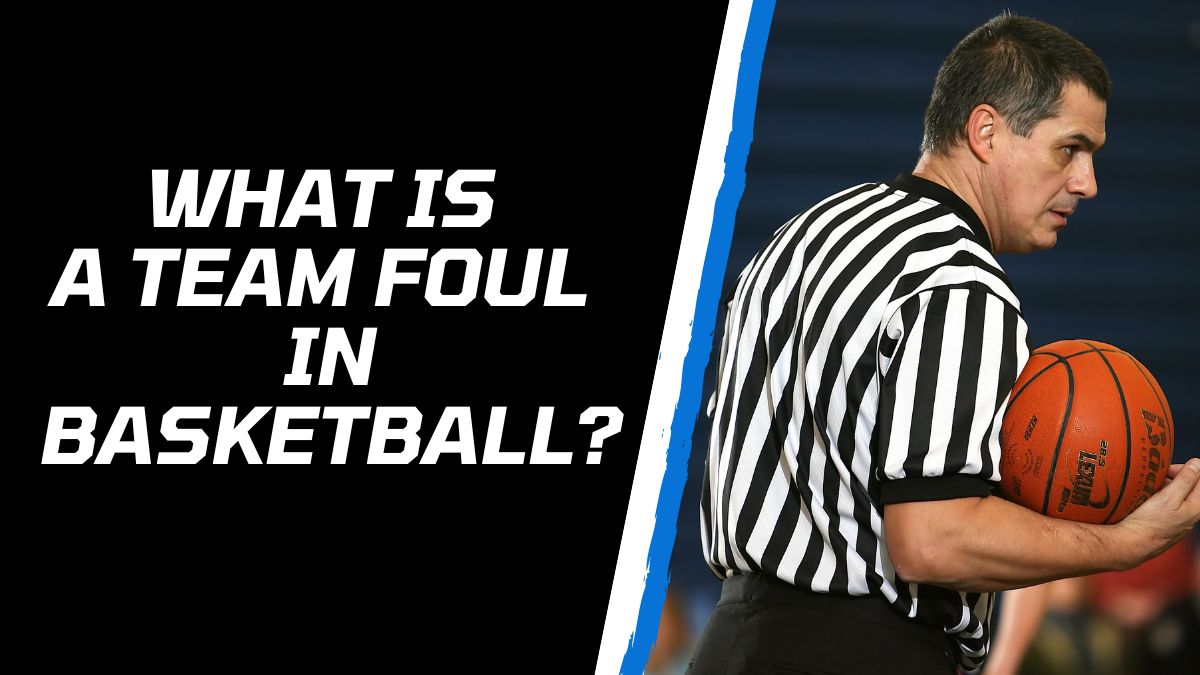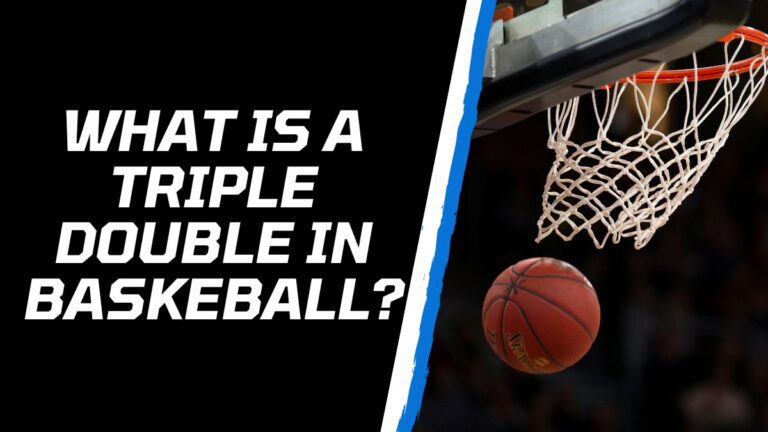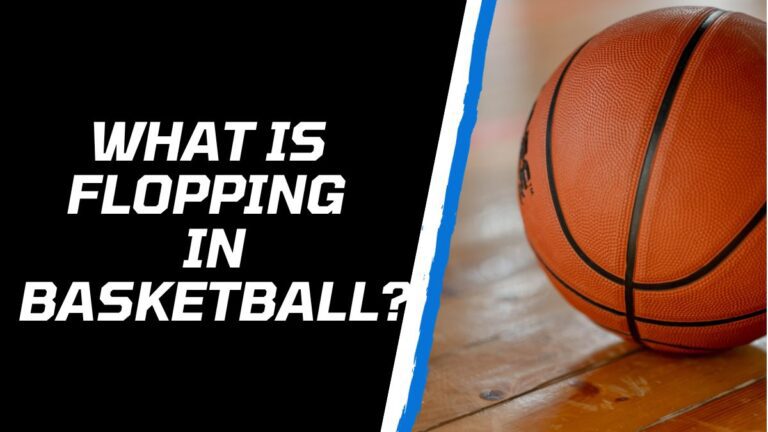What is a Team Foul in Basketball? Everything You Need to Know
Team fouls are a common occurrence in basketball, but what exactly are they? And how do they affect the game? In this blog post, we’ll take a closer look at what is a team foul in basketball, including how they’re defined, tracked, and penalized. We’ll also discuss how team fouls can be used strategically by teams to their advantage.
Team Fouls in Basketball

A team foul is a foul committed by a player on a team that results in the opposing team being awarded free throws. Team fouls are tracked separately from personal fouls, and the number of team fouls a team commits affects the number of free throws awarded to the opposing team.
In the NBA, a team is allowed five team fouls per quarter before the opposing team is awarded free throws for every additional foul. In college and high school basketball, a team is allowed seven team fouls per half before the opposing team is awarded free throws for every additional foul.
Only defensive and loose-ball fouls count as team fouls. Offensive fouls do not count towards a team’s limit for the team foul penalty.
When a team commits a team foul, the opposing team is awarded two free throws. If the first free throw is made, the opposing team is awarded a third free throw.
Team fouls can have a significant impact on the outcome of a basketball game. By committing too many team fouls, a team can give the opposing team a significant advantage in free throw attempts. This can lead to the opposing team scoring more points and winning the game.
What Fouls Count as Team Fouls?
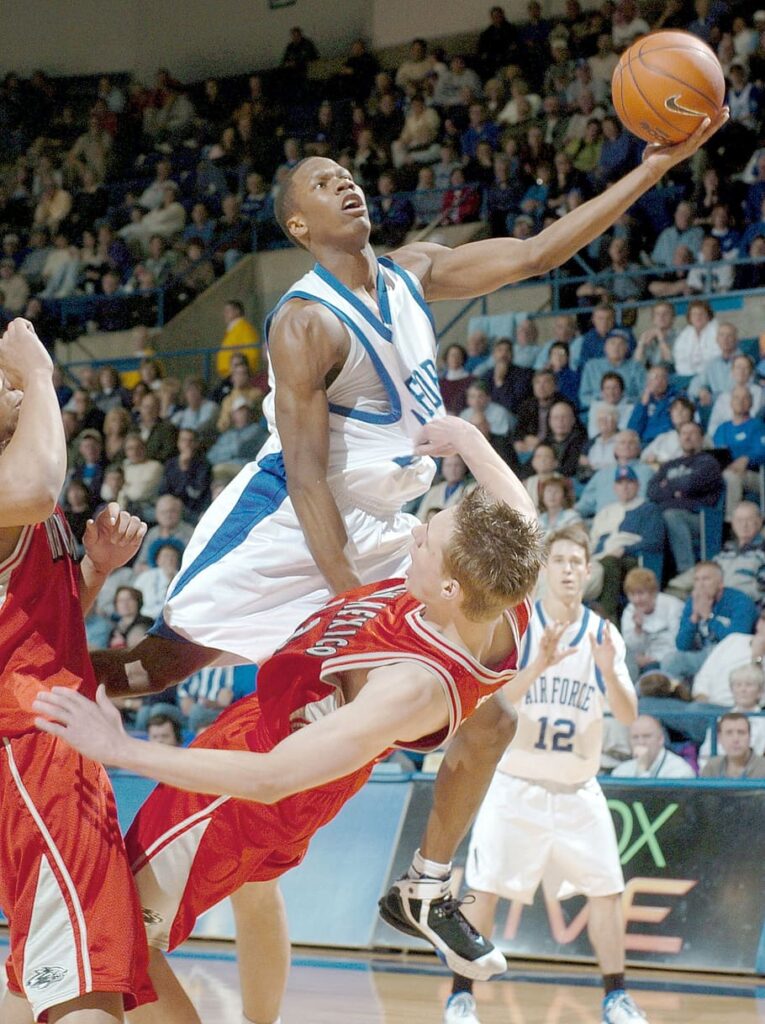
Only defensive and loose-ball fouls count as team fouls in basketball. Offensive fouls do not count towards a team’s limit for the team foul penalty.
A defensive foul is a foul committed by a player on the defensive team against an offensive player. This can include contact that is made during a shooting attempt, contact that is made away from the ball, or contact that is made in a reckless or intentional manner.
A loose-ball foul is a foul committed by a player who is not in control of the ball. This can include contact that is made while fighting for a rebound or while trying to steal the ball.
Technical fouls do not count as team fouls. Technical fouls are fouls that are committed by a player or coach that are not related to physical contact. This can include things like arguing with the referee, throwing the ball out of bounds, or using profanity.
Team Fouls Vs Personal Fouls
Team fouls and personal fouls are both fouls that can be committed by a player in basketball. However, there are some key differences between the two types of fouls.
| Team Fouls | Personal Fouls |
| A team foul is committed by a player on a team that results in the opposing team being awarded free throws. | A personal foul is committed by a player on a team that results in the opposing team gaining possession of the ball. |
| Team fouls are tracked separately from personal fouls. A team is allowed a certain number of team fouls before the opposing team is awarded free throws for every additional foul. | Personal fouls are tracked for each individual player, and each player has a limit on the number of personal fouls they can commit before they are fouled out of the game. |
| Only defensive and loose-ball fouls count as team fouls. | Offensive fouls do not count towards a team’s limit for the team foul penalty. |
| When a team commits a team foul, the opposing team is awarded two free throws. If the first free throw is made, the opposing team is awarded a third free throw. | Personal fouls can result in a variety of penalties, depending on the severity of the foul. These penalties can include awarding the opposing team the ball, awarding the opposing team free throws, or disqualifying the player from the game. |
In general, team fouls are less severe than personal fouls. However, team fouls can still have a significant impact on the outcome of a basketball game. By committing too many team fouls, a team can give the opposing team a significant advantage in free throw attempts. This can lead to the opposing team scoring more points and winning the game.
Penalty Situations for Team Fouls

When a team commits a team foul, the opposing team is awarded two free throws. If the first free throw is made, the opposing team is awarded a third free throw.
The number of team fouls a team commits before the opposing team is awarded free throws varies depending on the level of play. In the NBA, a team is allowed five team fouls per quarter before the opposing team is awarded free throws for every additional foul. In college and high school basketball, a team is allowed seven team fouls per half before the opposing team is awarded free throws for every additional foul.
In the final two minutes of a quarter or overtime period, the team foul penalty is triggered after only two team fouls. This is done to prevent teams from intentionally fouling to stop the clock.
In most basketball games, there’s a limit to the number of team fouls a team can commit before their opponents are awarded free throws as a penalty. Once a team reaches a certain number of team fouls in a designated period (usually a quarter or half), their opponents are given free throws for any subsequent fouls committed during that period. This rule is designed to encourage fair play and prevent excessive physical contact.
There are generally two thresholds that dictate the penalty for team fouls:
- Bonus: When a team accumulates a specified number of team fouls (usually 5 or 6, depending on the league), their opponents are awarded free throws regardless of whether the foul was committed during a field goal attempt. This is commonly referred to as being “in the bonus.”
- Double Bonus: After a higher number of team fouls (often 10 or more), the opposing team is awarded two free throws for each foul committed, regardless of whether the foul occurred during a field goal attempt. This is known as being in the “double bonus.”
It’s important to note that team fouls reset at the end of each quarter or half, depending on the rules of the particular league or competition. This means that a team starts with zero team fouls at the beginning of each period.
What is a Team Technical Foul?
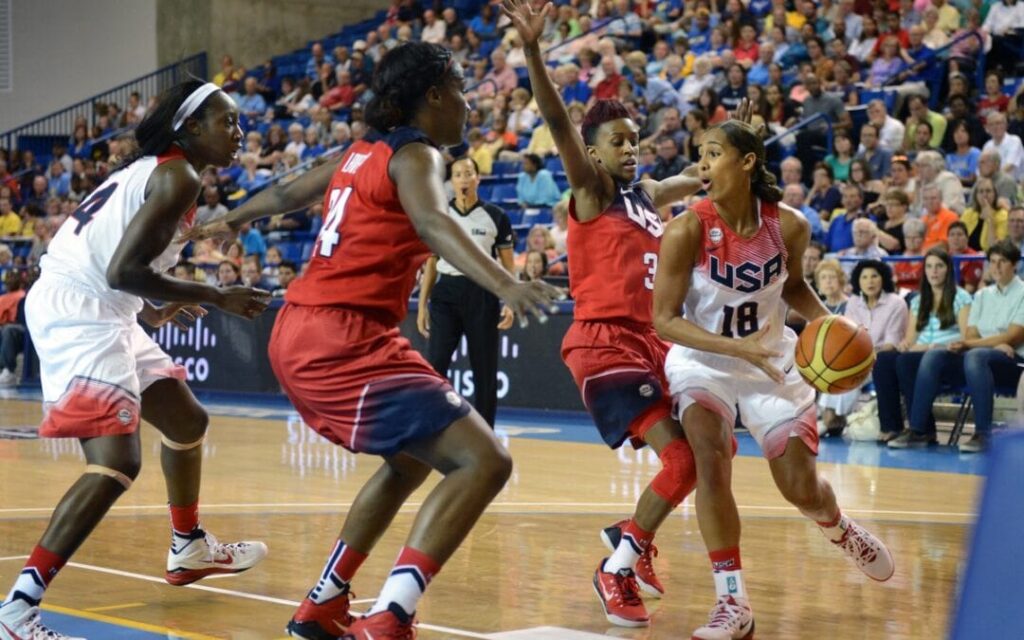
A team technical foul is a foul that is assessed against a team, rather than an individual player. It is called when a team commits an infraction of the rules that does not involve physical contact between opposing players on the court or is a foul by a non-player. The most common technical foul is for unsportsmanlike conduct. Technical fouls can be assessed against players, bench personnel, the entire team (often called a bench technical), or even the crowd.
In basketball, a team technical foul is called for unsportsmanlike conduct such as:
- Arguing with an official
- Disrespecting an official
- Throwing the ball or any object at an official
- Physically contacting an official
- Overt actions indicating resentment to a call or no-call
- Delaying the game
- Using profanity or obscenities
- Having too many players on the court
- Using a foreign object to gain an advantage
A team technical foul can also result in a player or coach being ejected from the game. This is usually done for more serious offenses, such as physical contact with an official or using profanity directed at an official.
The number of team technical fouls a team commits before a player is ejected varies depending on the level of play. In the NBA, a player is ejected after two technical fouls. In college and high school basketball, a player is ejected after three technical fouls.
Tips for Avoiding Team Fouls
Here are some tips that you can follow to avoid team fouls in basketball:
- Play good defense without fouling. This means being aware of your surroundings and avoiding contact with the opposing team. Don’t reach in for steals unless you are sure you can get the ball without fouling.
- Don’t be afraid to give up ground. If you are guarding a player who is much bigger or stronger than you, don’t be afraid to give up a few inches of space. This will help you avoid making contact and committing a foul.
- Be patient. Don’t try to force a steal or a block. Just stay in front of your man and wait for him to make a mistake.
- Communicate with your teammates. Let them know when you are going to switch or double-team. This will help you avoid making contact with the opposing player.
- Don’t foul intentionally. This is only going to hurt your team in the long run.
By following these tips, you can help your team avoid team fouls and give yourself a better chance of winning the game.
Final Thoughts
In this blog post, we’ve discussed what a team foul is in basketball, how it’s different from a personal foul, and the penalties for committing a team foul. We’ve also discussed the different types of fouls that can count as team fouls, and how the rules for team fouls can vary depending on the level of play.
Team fouls can have a significant impact on the outcome of a basketball game. By understanding the rules of team fouls, you can help your team avoid committing unnecessary fouls and give yourself a better chance of winning the game.
Related Articles:

